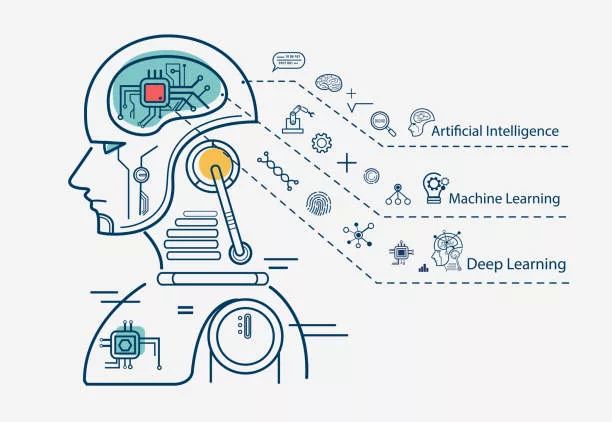In this article, we will be discussing the concept of classification in machine learning. We will start off by giving an overview of the different types of classification that are available, and then move on to describe how they work. We will also provide a few examples to illustrate the concepts more clearly.
What is Classification?
Classification, in machine learning and data mining, is the process of determining the category (or labels) to which a given object or data set belongs. This can be done by using one or more algorithms, usually supervised learning methods such as linear regression or support vector machines. The goal is to create a model that accurately predicts which category an observation (or data point) will end up in.
There are a variety of ways to approach this task. One popular way is to use a training dataset that contains examples of known categories and train a model on this dataset to learn how to predict new observations’s category. Another approach is to use a testing dataset that contains examples of known categories but not any actual observations from the real world. The goal here is to build a model that can accurately predict which category an observation will end up in based on its features alone.
Once you’ve trained a model, you can employ it to classify new observations into existing categories. In cases with a small, well-labeled training dataset, you might use the trained model directly without further steps. In other cases, it may be necessary to refine or update the model after training it on the original training data; for example, if we discover during training that our original assumptions about the features were incorrect (and thus our predictions are inaccurate
Types of Classification
There are many different ways of classifying data. Classification is the process of assigning a label to a piece of data. It can be distinguished from other pieces of data.
One way to classify data is by using a numeric label. For example, you could assign a value of 1 to cells that contain green apples and a value of 2 to cells that contain red apples. You can also use text labels, such as “apple” or “orange”.
You can also use clusters (groups) to classify data. For example, you could group all the cells that contain apple values together and group all the cells that contain orange values together. This way, you can easily see which groups have more common values and which groups have less common values.
Another way to classify data is by using categorical variables. These variables take on one of two possible values (or codes), such as “male” or “female”. You can then use these codes to identify each piece of data.
Classification is an important part of machine learning because it allows machines to learn how to automatically identify objects and patterns in data.
How can you use Classification in Machine Learning?
Classification is a supervised learning technique used in machine learning that assigns a class to a data item. Classification is frequently used to predict the predefined class to which a data item belongs.
There are many ways to classify data, but some of the most common methods are:
- Binary classification: This method uses two possible values, such as “true” or “false”, to classify data.
- Multinomial classification: This method uses one or more variables to categorize data. Multinomial regression is a specialized version of this method, used when the number of categories is known in advance.
- The Naive Bayes classifier assumes the independence of all variables, treating them as probabilities. It works best with categorical data and tends to be fast and accurate.
Conclusion
Classification is a fundamental operation in machine learning, used for classifying data into one of a set of predefined categories. Simply put, classification means giving a label or category to unlabeled data, enabling predictions or decisions. There are many different ways to do this, and the most successful algorithms typically combine several different techniques. I’ve outlined the core concepts of classification in this article and demonstrated their practical application through familiar examples. Hopefully this has given you a better understanding of what classification is and how it works, as well as giving you ideas about where to start if you want to learn more about the subject.





